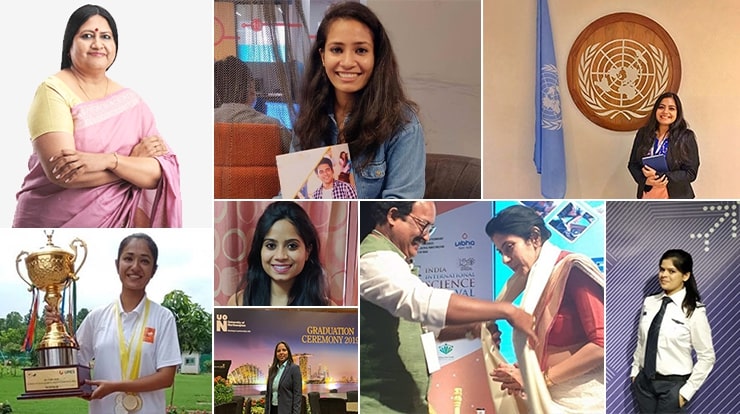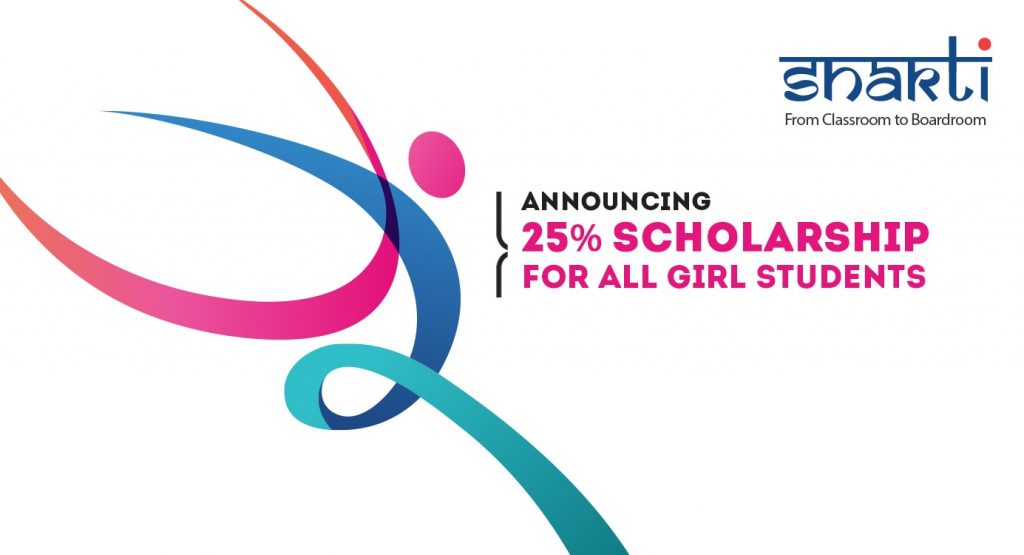Creating a level-playing field in education

Women’s empowerment has been at the core of all our efforts at UPES. We are proud to be associated with scores of women achievers – our alumni, faculty and even our current students
Women are severely underrepresented in the boardroom and STEM fields. In India, women comprise only 25% of academic faculties, and only 11% of R&D institutions. This inequality is evident even in the rates of graduation. The discrepancy is so pronounced that not only has this been studied by academic, it has also found its way into pop culture: mostly from a position of mirth. However, this is a sign of a deep rot in our STEM education eco-system and needs to be addressed.
One of the many reasons this is happening because there is a systemic bias against women that often begins in the family. A large part of the problem is that women aren’t invested in as much as men. In families, because of patriarchal thinking, the boy’s career is of higher importance than a girl’s. In fact, investment in the future of women and girls could add billions to India’s GDP.
A critical aspect of ensuring inclusiveness in our universities is reducing the barriers of entry for women. Given that gender investment gap is significantly high in India, this could be done by incentivising more women to join universities. Financial aid programs and scholarships can go a long way in reducing these systemic challenges. It can encourage more women to be a part of the growth story.
Setting aside the macro level perspective, on an individual level too, this measure can lead to significant gains. In the modern world, it is not just someone’s skill that determines success. It is also confidence. Imagine being in a situation where you find it much harder to convince their parents to invest in your education than your brother. Because many girls are also raised in a way that denies them the right to ambition, the institutional and structural barriers are often enough to break her confidence.
Moreover, the lack of representation of women in STEM fields and upper management acts in cyclical ways. A lot of women feel the lack of strong female role models who can tell them how to navigate the often complex social dynamics in academia and R&D, leading to many women dropping out of the program, convinced that this wasn’t for them or that they would never make it to the top. Positive role models and mentors also help is dissipating the passive aggressive energy that many women have reported in male-dominated professions.
At UPES, we take this problem extremely seriously. That is evident in the fact that we have declared the year 2020 as the Year of Women Empowerment. In light of this, we designed our initiative Shakti to address many of these concerns. To begin with, as part of Shakti, we are providing a 25% scholarship on tuition fees for the entire course duration to all women. To add to this, we also provide skill-development sessions, leadership development sessions, industry exposure, and close mentorship to women, to ensure that in addition to skills and drive, women also build confidence and have the tools they need to climb up the corporate ladders.

The idea of Shakti is to create an environment that is conducive to the development of women’s capacity to shatter the glass ceiling
We also understand that it is not only the women who need to be prepared for an uphill battle. It is also society that needs transformation. To lead this process, we’re also conducting gender sensitization workshops with our students and faculty. The idea of Shakti is to create an environment that is conducive to the development of women’s capacity to shatter the glass ceiling. This is how we aim to combat the inequality in education and the upper echelons of management and research, and create a more equal society. To find out more about Shakti, visit upesforshakti.upes.org.



